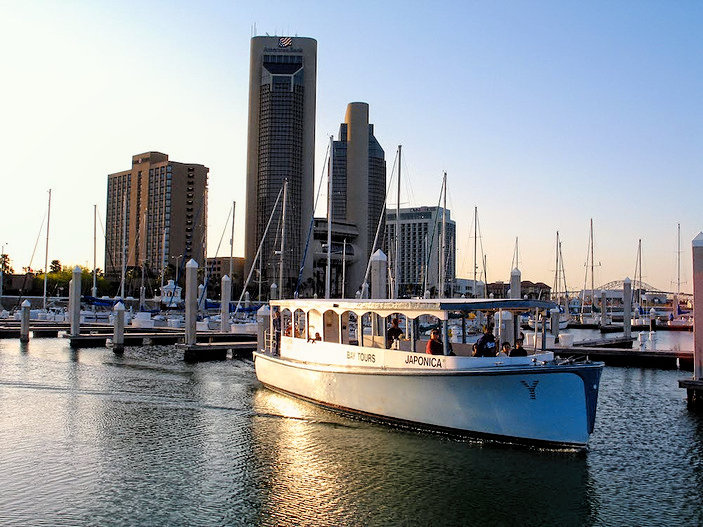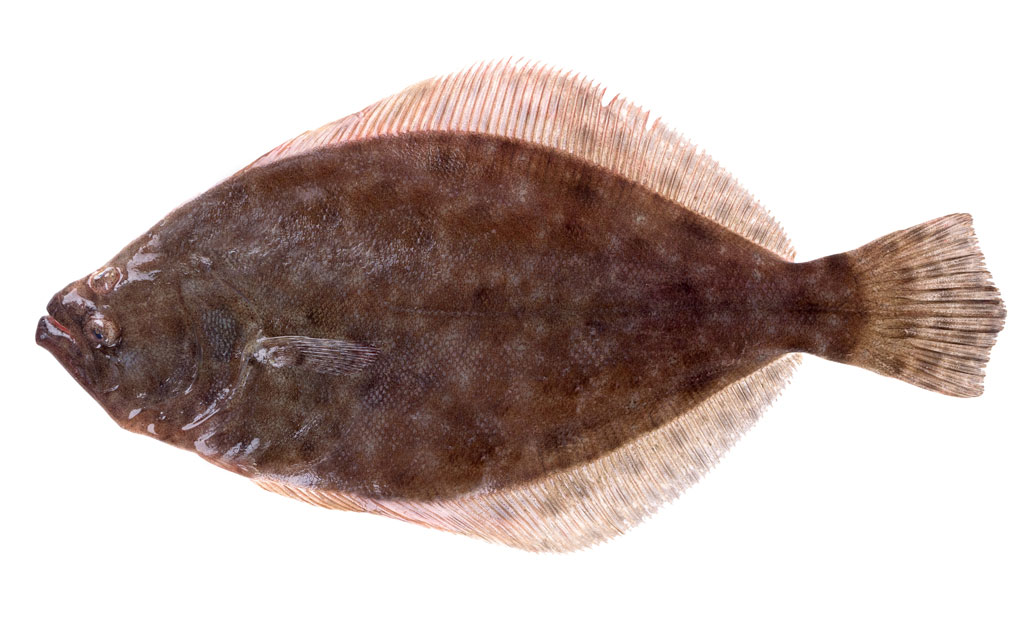
Water conservation plan evolves to drought contingency plan, leaving Corpus Christi residents free to water when they want while encouraging conservation. Residents are asked to water only before 10 a.m. and after 6 p.m.
Corpus Christi residents now have enough water to keep their grass green and attract development, said Mayor Joe McComb as he announced revisions to the city’s drought contingency plan at a news conference June 5. The new plan was approved May 30 and went into effect the day of the conference.
“The (old) plan gave a false sense that we were always running out of water,” McComb said. “That’s not the case.”
He cited ExxonMobil’s decision to build the world’s largest steam cracker plant in San Patricio County as proof the city has plenty of water — for now and the future.
The water supplied from Lake Texana through the Mary Rhodes pipeline that opened in October of last year was not accounted for in the city’s old plan, City Manager Margie Rose explained.
“We do have a large supply of water,” she said, “but we still want to be able to conserve in the right way.”
The new plan replaces the water conservation plan and only takes affect when there are drought conditions. The water conservation plan was year-round.
With the new plan in place, watering restrictions have been lifted, but Rose urged residents to still water only before 10 a.m. or after 6 p.m. to avoid wasting water to evaporation.
In the case of a drought, Stage One restrictions, which encourage conservation and efficient use of water on a voluntary basis, kick in when Lake Corpus Christi and Choke Canyon Reservoir drop below 50 percent. Stage One would also kick in if Lake Texana drops below 40 percent. Stage Two restrictions require customers to comply with restrictions when the combined storage levels drop below 40 percent.
With the addition of the Mary Rhodes pipeline, Lake Texana now provides about one-fourth of the city’s water. The pipeline was built in two stages. Phase 1, which cost $116 million, begins at a two-pump station at the Colorado River. Those pumps push water through a 54-inch concrete conduit to Lake Texana and a storage tank. Phase 2 takes over from there. Phase 2 cost $154 million for the final stretch of pipeline to Corpus Christi.
“We are going to continue to be vigilant and look for new water supplies — ground water, surface water, de-sal,” McComb told reporters after the news conference. “So we never have an interruption again even if we face a drought.”






